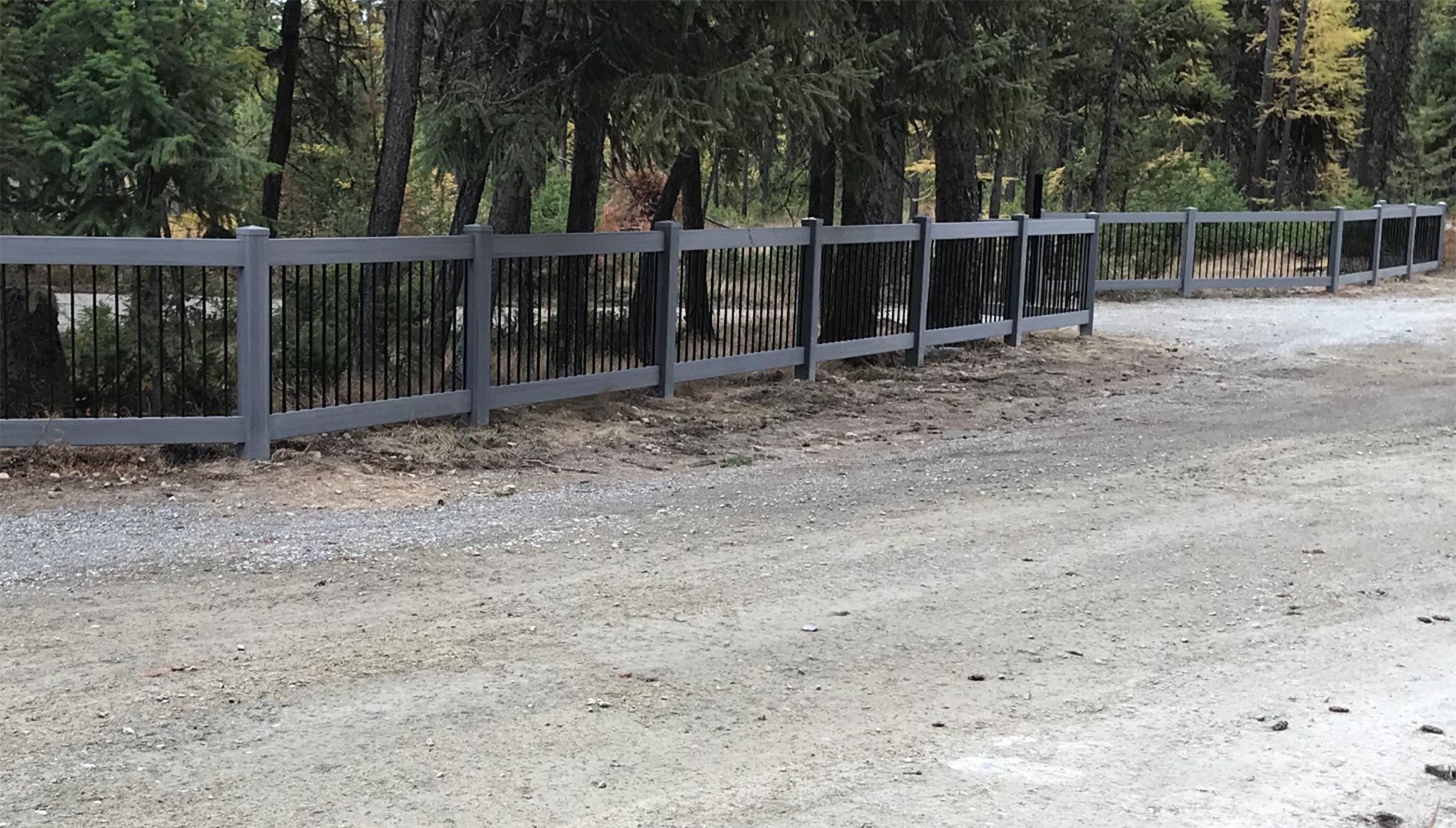Installing a continuous panel fence can be straightforward—but only if you avoid these common pitfalls.
1. Inadequate Site Preparation
Preparing the site properly is crucial for a successful fence installation. Skipping this step may cause problems down the line. Here are some common errors:
- Failing to clear debris and vegetation from the site.
- Not leveling the ground properly before installation.
- Ignoring soil testing to ensure stable post placement.
Tip: Ensure the site is thoroughly prepared to prevent future issues and costly fixes.
2. Miscalculating Measurements
Accurate measurements are the foundation of a successful fence installation. Errors here can lead to wasted materials and uneven sections. Key issues include:
- Not measuring the entire perimeter of the fence line.
- Failing to account for gates and access points.
- Misjudging panel spacing or post placement.
Tip: Ensure accuracy by double-checking measurements and preparing a clear plan before beginning installation.
3. Using Low-Quality Materials
Using cheaper materials to cut costs can end up costing more in repairs or replacements. Here are some mistakes to watch out for:
- Using untreated or low-grade metal panels prone to rust.
- Choosing subpar hardware that weakens over time.
- Opting for cheaper finishes that don’t withstand harsh weather.
Tip: Invest in high-quality, durable materials for a fence that lasts.

4. Ignoring Local Regulations
There are local rules for fencing that must be followed. Ignoring them can lead to fines or the need to take down your fence. Here’s what to watch for:
- Failing to check zoning laws and property boundaries.
- Skipping permit applications where required.
- Violating height restrictions or setback requirements.
Tip: Don’t skip zoning checks or permits—consult with local authorities to avoid problems.
5. Installation Tips for Success
Here are a few tips to help you avoid common installation mistakes and ensure a successful project:
- Plan Ahead: Create a detailed installation plan, including measurements and materials.
- Use the Right Tools: Having the right tools is essential—be sure to have post-hole diggers, a level, and a drill ready.
- Work with Professionals: If you’re unsure about any step, consult experienced installers to guide you through the process.
- Inspect as You Go: Inspect the installation as you progress to spot mistakes and fix them early.
Conclusion
Avoiding these common mistakes will ensure a smooth installation, resulting in a durable and attractive fence. Need help? Contact Montana Fence for guidance and professional installation services.